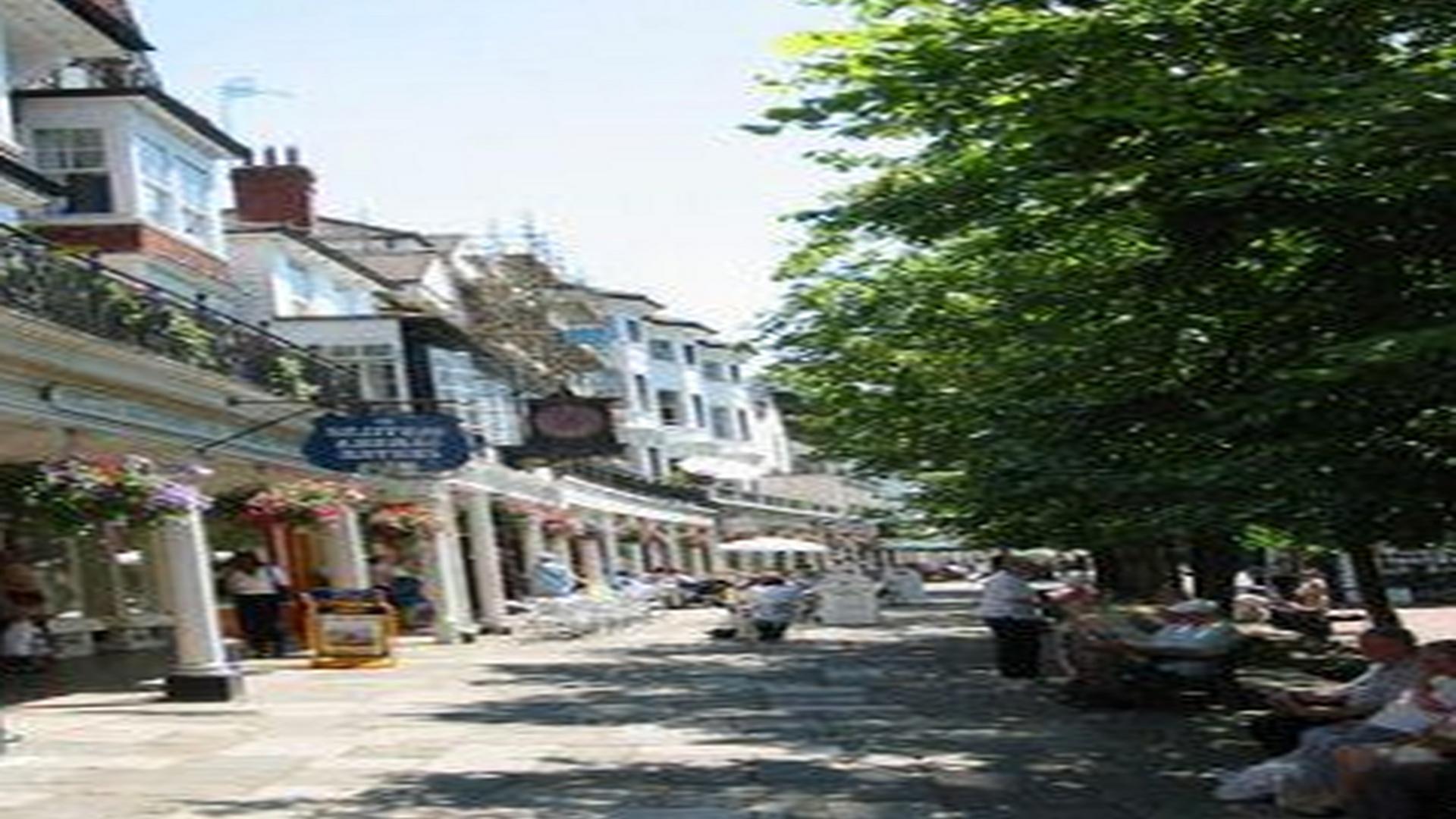A Place To Viste Royal Tunbridge Wells

About
One of the key attractions of Tunbridge Wells was its chalybeate spring. It attracted royals, gentry and the aristocracy for centuries coming to take the waters in order to relieve everything from constipation to indigestion and if your budget allowed it you could take on board free advice with your cure. The waters were soon found to have amazing properties and Tunbridge Wells soon became a fashionable watering hole for the rich and royal.
To fully indulge in this new discovery of health and wellbeing visitors took full advantage of the other pleasures on offer in these highly fashionable surroundings, Tunbridge Wells Life (tunbridgewellslife.co.uk). In Victorian times the town grew and the gentle country atmosphere was lost, but Tunbridge Wells remains a supreme example of a well-preserved traditional English town which has resisted the ravages of time. Tunbridge Wells was also a town with a wealth of history — it had been a spa since King Henry VIII the original hipster? — the erstwhile hunk of the 16th century.
Today, Tunbridge Wells is still full of charm and character, with many Georgian buildings remaining intact. The beautiful landscape of the area attracts both. The village of Bethersden to the south of Tunbridge Wells was noted in 1623 for its bowmakers. The trade survived until the late nineteenth century. It appears to be just another run-of-the-mill alehouse catering to the local people of this sleepy London suburb. The famous Calverley Road music venue and pub The Guineas went through many changes since the late 1970s.
Things To Do In Royal Tunbridge Wells
There’s lots to do in Royal Tunbridge Wells. You could spend all day walking around Sissinghurst Castle Garden, famously created by the poet Vita Sackville-West; and the gardens surrounding the romantic ruins of Scotney Castle. Chiddingstone Castle is a must-see – it has an extraordinary collection of art and antiques dating back some 500 years. And then there’s Groombridge Place a stunning example of a Regency 'house with rooms', a property that's best experienced on foot.
Things to do in Royal Tunbrige Wells include visiting world famous attractions such as Sissinghurst Castle Garden, which is famously created by Vita Sackville-West; the gardens surrounding the romantic ruins of Scotney Castle; Chiddingstone Castle, home to a unique collection art and antiques; and the beautiful garden rooms at Groombridge Place. Royal Tunbridge Wells is famous for its gardens. Walk through Flower Valley, visit Sissinghurst Castle Garden, Scotney Castle and Chiddingstone Castle. Our Tunbridge Wells travel guide lists all the attractions you don’t want to miss when visiting this beautiful town in South East England.
Sissinghurst Castle Garden, famously created by Vita Sackville-West; the gardens surrounding the romantic ruins of Scotney Castle; Chiddingstone Castle, home to a unique collection art and antiques; and the beautiful garden rooms at Groombridge Place attract visitors from far and wide. Royal Tunbridge Wells is a small city located in the South Eastern part of England. The city has a population of 36,000 and it’s known for its natural springs which have medicinal value. When you walk through its streets, you feel as if you’re walking through a small countryside town.
Shops, Architecture & Tours
In Bath, the ancient Romans bared all when they built a temple to the goddess Minerva. Today, the elegant buildings that line this town's tree-lined streets remain perfect for an afternoon stroll. The Roman Baths and Pump Room still attract visitors from around the world, while Jane Austen fans flock to see where Austen wrote her final book. If you're looking for authentic experiences in Bath, many lead back to its historic shops, cafes and restaurants yours to discover and savor here.
". Weedon is a quintessential village in North West Sussex, with rows of beautiful buildings and streets set in the midst of fertile farmland. It's famous for it's old world shops and residences, gorgeous Pantiles and scenic parklands harboured among picturesque rolling hills. Rich in history and located on the edge of the South Downs National Park, Lewes is a wonderful place to visit. Seen by many as an unspoilt picture postcard of what England used to look like, this charming town attracts tourists and visitors from all over the world.
Pantiles, Tunbridg Wells. This picture is a great example of what you miss if you just click through the photos on 2500px. It nicely shows an architectural detail of a building near the Pantiles, in this case the roof of the Assembly Rooms building. Explore Tunbridge Wells for a few days. Relax and stay in one of our hotels, bed and breakfast's or self catering holiday cottages. Shop til you drop, walk on the Pantiles, visit the theatre or enjoy the history of this unique place.
Road Directions
Royal Tunbridge Wells dates back to the Saxon period when, in 927AD, King Athelstan granted the land for a royal dwelling and hunting lodge. Initially called Twynham, it became known as Tunbridge in the 14th century. The town is built around its natural springs and medicinal waters – a spa was established there by Royal Charter in 1606. There are several ways to get to Royal Tunbridge Wells. From London, take the M25 and then the M20 to the A25 and follow the signs to Tunbridge Wells.
If you are travelling from the south coast or from the Midlands area, why not follow this beautiful route. Royal Tunbridge Wells is located about 40 miles south of London, and easily accessible via the major motorway networks of the M25 and M20 and is well served by public transport. Royal Tunbridge Wells'stunning location in the Kent countryside certainly makes it a popular tourist destination. Set in a glorious valley, encircled by wooded hills and overlooked by the North Downs, the town offers an abundance of unforgettable attractions.